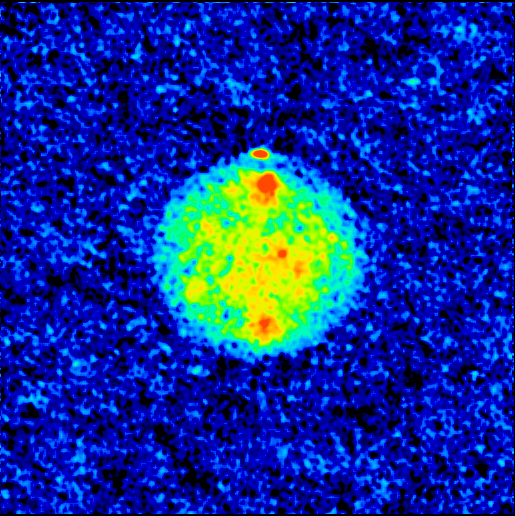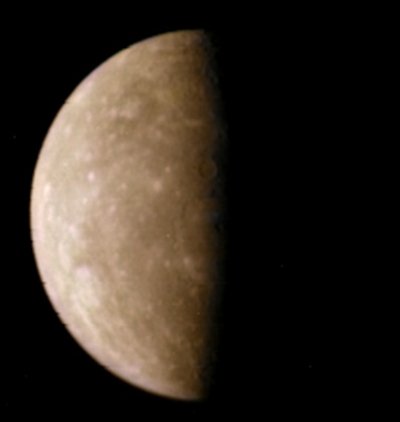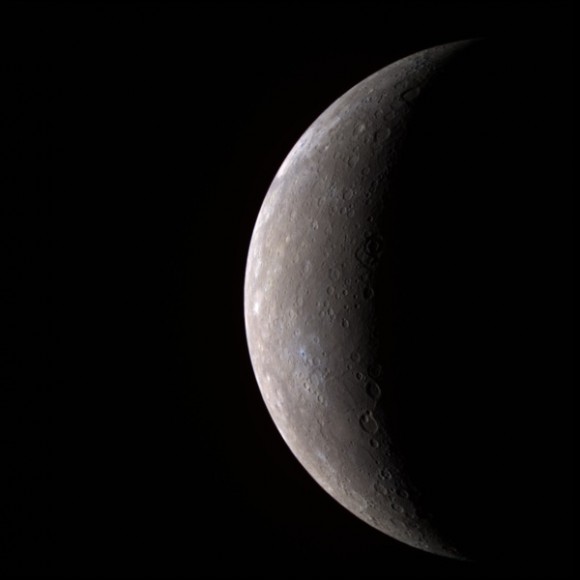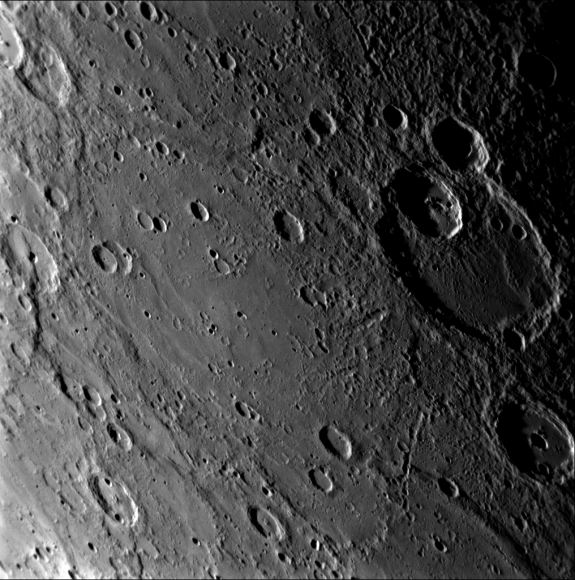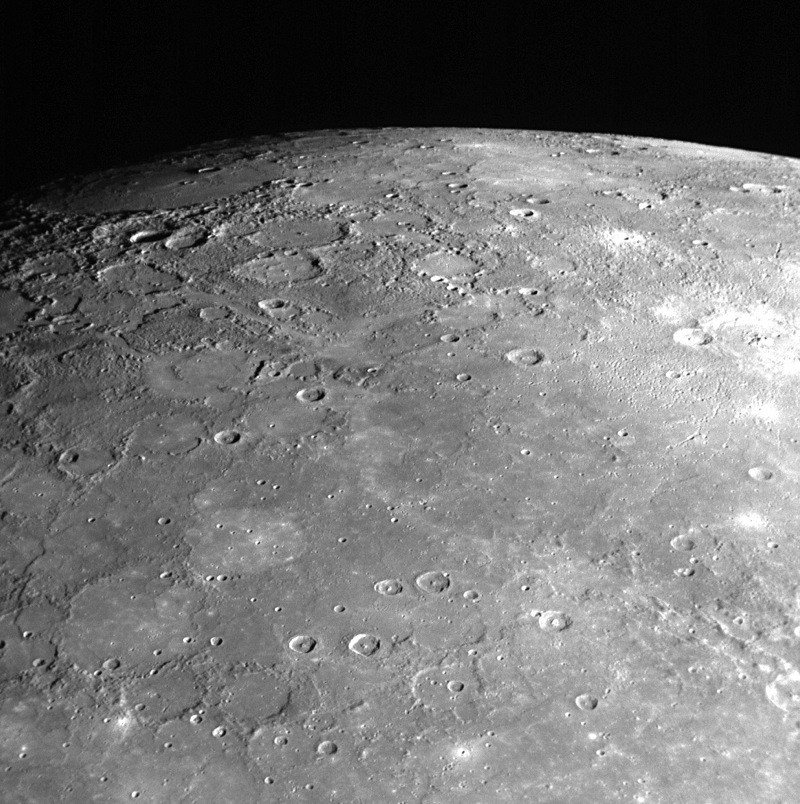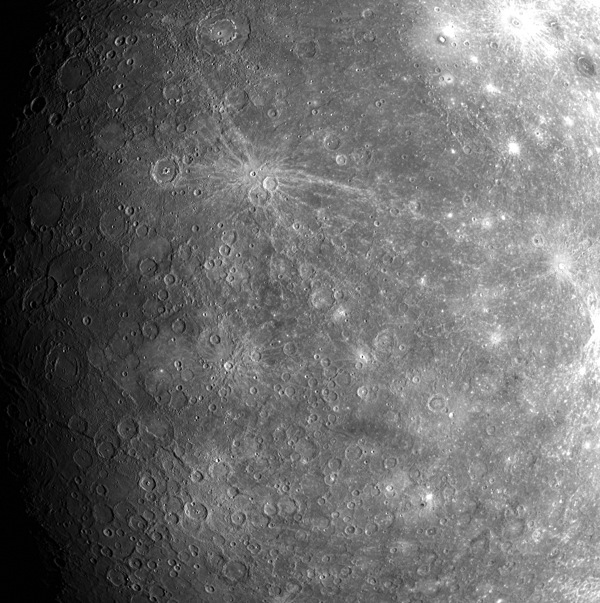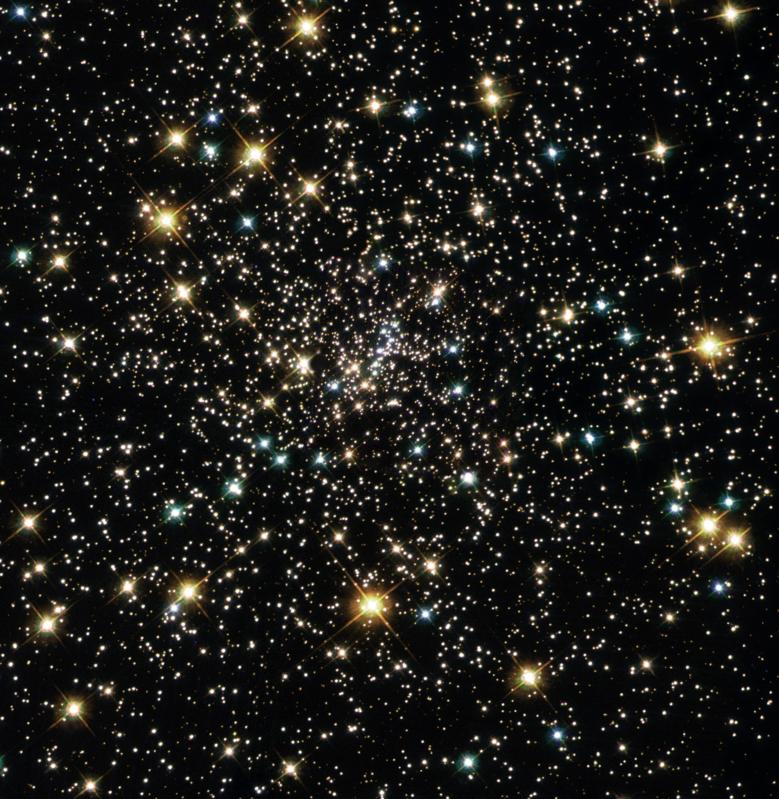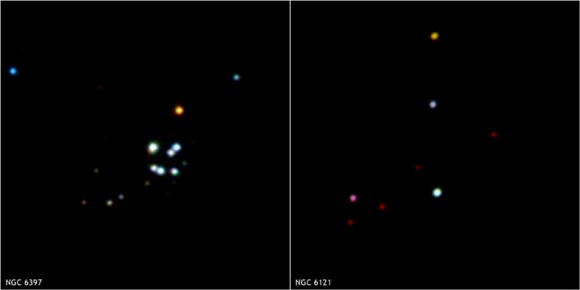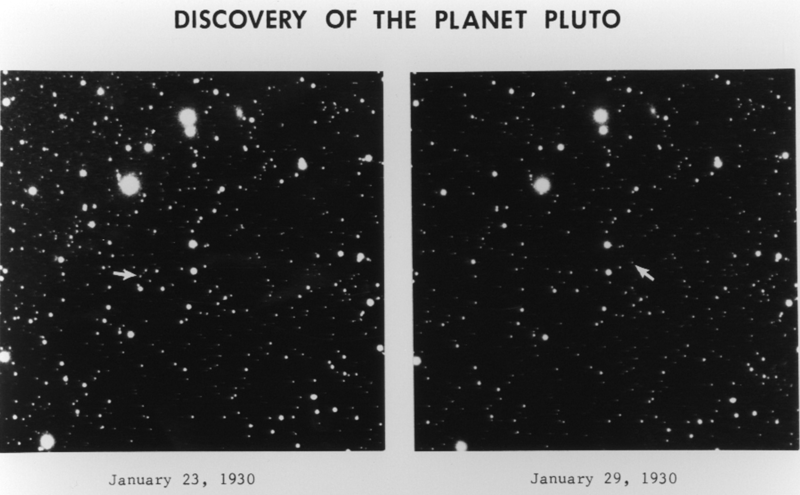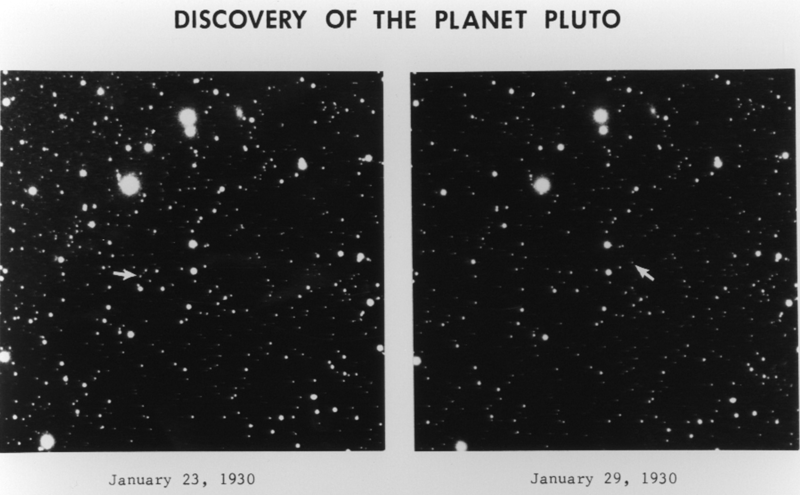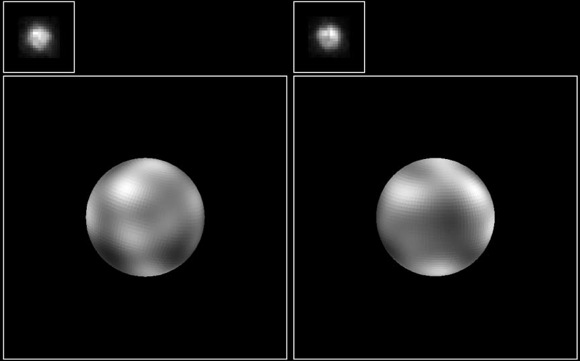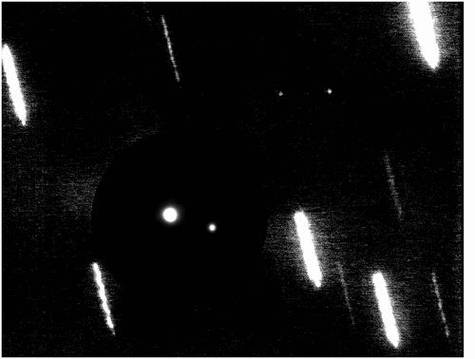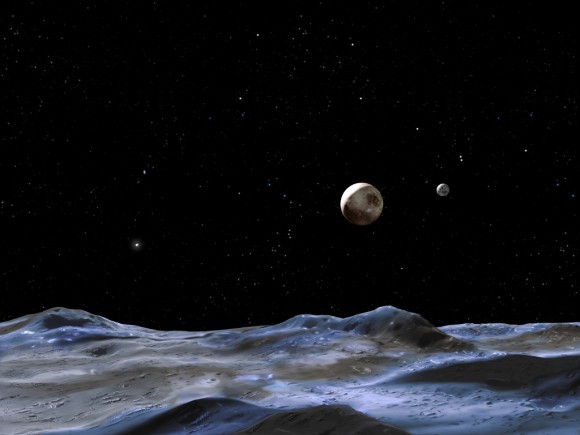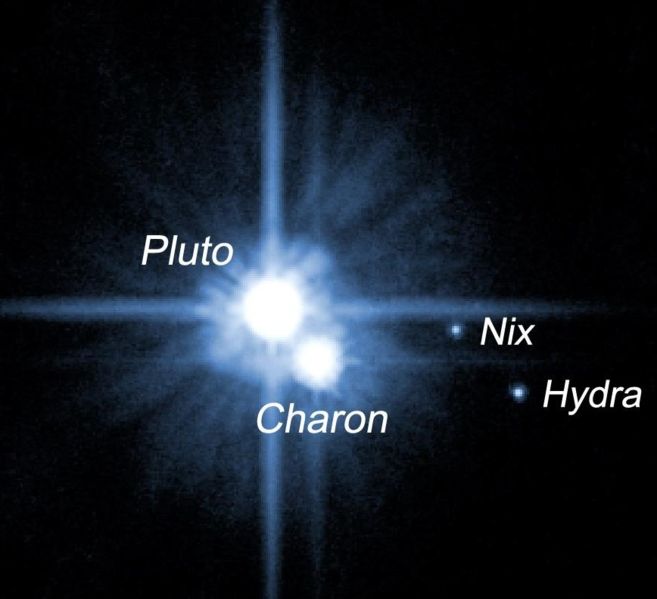Ancient people have known about the planets for millennia. It was only in the last few hundred years that new planets have been discovered that required a telescope to see. The earliest people thought of the planets as divine beings, moving across the heavens in unpredictable ways. If you’re wondering about the discovery of Mercury, though, it’s been known since prehistoric times, so there’s no way to really know who made the original discovery of planet mercury.
The five original naked-eye planets were Mercury, Venus, Mars, Jupiter and Saturn, and they had a significant impact on mythology, cosmology, and ancient astronomy. Any caveman could have made the Mercury discovery.
Mercury itself has been mentioned as early as the 2nd millennium BC by the Sumerians, and recorded by the Babylonians – they called the planet Nabu. The ancient Greeks associated Mercury with the god Hermes, who was thought to carry the Sun across the sky in his chariot. Later the Greeks called the planet Apollo when it was visible in the morning sky, and then Hermes in the evening sky. The Romans named the planet after the Roman messenger god Mercury, who was the same mythological figure as the Greek god Hermes.
The first telescopic observations were made by Galileo in the 17th century with his crude telescope; unfortunately, his crude instrument wasn’t powerful enough to see that the planet had phases, like Venus.
Mercury can occasionally be seen to pass directly in front of the Sun, as seen by Earth. This is called a transit. The last transit of Mercury happened in 2004, and was broadcasted worldwide across the Internet. But the first Mercury transit was seen in 1737 by John Bevis at the Royal Greenwich Observatory.
Until the 1960s, Mercury was thought to be tidally locked to the Sun, always facing one side towards our star. There were skeptics, who noted that if Mercury always faced one side towards the Sun, it should have a hot and a cold side, but research data didn’t back that up. Astronomers thought that maybe an atmosphere around Mercury kept the temperatures more even.
In 1962, Soviet scientists bounced the first radar signals off Mercury’s surface, and then American astronomers calculated that Mercury does rotate. It actually takes 59 days to turn once, and not the 88 days it takes to complete an orbit.
The first spacecraft to see Mercury up close was Mariner 10 back in 1974. Unfortunately, it was only able to see one hemisphere of the planet in total over the course of 3 flybys. Many of the missing pieces were filled in by NASA’s MESSENGER spacecraft, which completed its first flyby in January, 2008.
Descubrimiento del planeta Mercurio
References:
NASA Cosmic Distance Scales
NASA Solar System Exploration: Mariner 10

